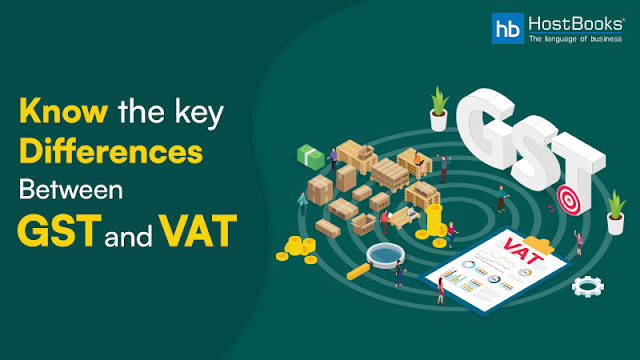
Businesses have come a long way despite the significant setback caused by lockdown in the past 2 years. While many enterprises have begun to gain momentum once again, the taxes structure has also evolved. Businessmen can now easily and quickly file all required taxes through digitization.
With the implementation of the new tax system, businesses must adhere to the GST compliance regulations. The rules established by the government for GST compliance must be followed by all businesses. This compliance under GST is divided into three groups:
GST registration compliance - The first step toward compliance is the registration of GST. The registration process can be completed online at www.gst.gov.in. Although the procedure is rather simple, there are a few considerations to make in order to remain compliant. The annual turnover of a business must be taken into consideration while registering for GST.
Applicable to businesses that engage with the provision of commodities and had a revenue in the last fiscal year (FY) greater than Rs. 40 lakhs.
Applicable to businesses that provide services and have a revenue of more than Rs. 20 lakhs in the prior fiscal year.
Businesses with annual turnovers above a certain threshold must register for GST and adhere to other GST compliance requirements. Strict fines have been imposed by the CBIC (Central Board of Indirect Taxes and Customs) for failure to comply with GST registration. A fine of Rs. 100 per day would be assessed as the punishment for timeliness. An additional delay in GST registration would result in a Rs. 200 punishment. These fines are in accordance with Section 122's non-compliance guidelines under the CGST Act.
Tax invoice compliance - To transfer the input tax credit, businesses with GST registrations must follow the invoicing compliance requirements. Businesses are obligated to create a proforma invoice for every sale of products or services as part of their standard operating procedures. The following mandatory components must be present on these invoices in order to comply with the rules:
- Date and invoice number
- Customer’s name
- Addresses for shipping and billing
- Client's and taxpayers GSTIN
- Supply location
- HSN code
- Item information
- Discounts and taxable value
- Tax rates and amounts
- Whether GST is payable on a reverse charge basis
- Vendor’s signature
GST return compliance - Every registered business must submit returns on a monthly, quarterly, and annual basis. The type of business activity has the biggest impact on how often returns are made. The forms needed to file GST Returns are listed below:
GSTR-1 is a return used to provide the government with information about sales. After filing this return, there is no further tax owed.
The GSTR-3B is a streamlined return used to list all of the GST liabilities for a given tax period. It must be self-declared each month in order to provide an overview of all outgoing supplies made, claimed input tax credits, determine tax liabilities, and pay taxes.
The GSTR-9 return, which includes information on supplies received under various tax categories during the prior year's inbound purchases as well as details of taxes due and paid, is submitted annually by taxpayers subject to the GST who had a turnover of over Rs. 2 Crores in the prior fiscal year. It is a compilation of all the GSTR-1, GSTR-2A, and GSTR-3B returns that were submitted on a monthly or quarterly basis during that year.
Taxation becomes a time-consuming, additional burden for small businesses. An integrated solution for GST compliance is necessary since running a business on a daily basis while also dealing with timely compliances to avoid penalties is challenging. However, there’s more to it.
The government has set up the GST compliance rating, in which taxpayers are assigned a compliance rating score, to keep track of how businesses are complying with the GST requirements.
GST compliance rating - The government assigns each taxpayer a GST Compliance Rating, which is basically a numerical value and score between [0 -10] that indicates how well they are complying with GST. All GSTIN and GSTUIN holders are given a rating based on a variety of criteria, including but not limited to their propensity for timely return filing, the accuracy of their feed data, and a host of other considerations. The benefits of having a high GST Compliance Rating are innumerable, much like the benefits of being physically fit. A high compliance grade will indicate the organization's strong financial standing and favorable government relations.
As GST compliance rating can affect your business’s standing in multiple ways, it is important to closely observe the factors that affect your compliance. Businessmen must adopt GST software that is compatible with all business requirements to keep their businesses up to date with GST compliance and file GST returns hassle-free. To ease your compliance burden, you can use automated GST compliance software that helps to timely file your GST returns.




Comments